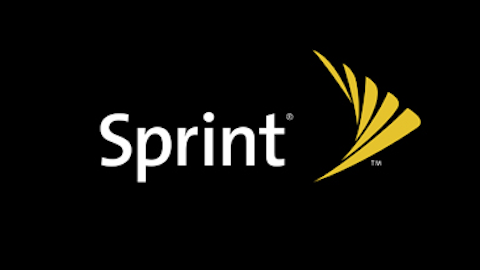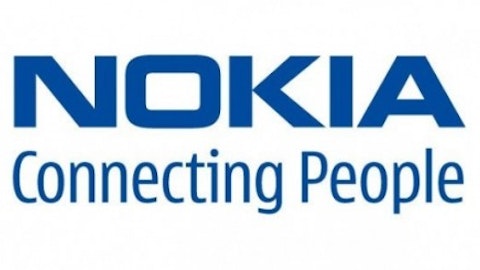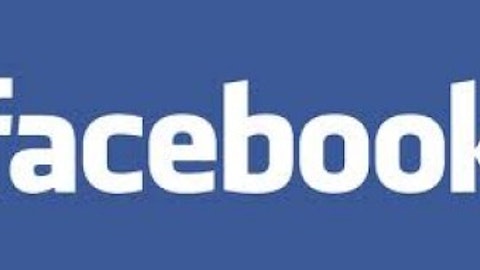Unemployment is still too high. Even more impressive, perhaps Amazon is taking a key lesson from Costco’s business. According to the news today, the jobs in its fulfillment centers will pay 30% more than the run-of-the-mill retail job, and full-timers will be eligible for stock grant and education benefits.
The Federal Reserve’s actions really haven’t helped the economy that much. What will help is getting Americans back to work so that they can, hey, buy stuff.
Meanwhile, if you want to talk financial nuts and bolts, an Amazon spokeswoman told USA Today that this is in response to growing customer demand. It’s not all hearts and flowers. It’s a win-win for investors, and for many American workers searching for jobs.
Amazon: The picture of business adaptation
I have recently become bullish on Apple — mostly because its shares got so beaten down — despite worries about Steve Jobs’ absence and the chance that innovation could seriously slow.
Right now, Amazon.com strikes me as stronger than Apple. Bezos is still at the helm, and he is a visionary. What many on Wall Street consistently misunderstand about many great companies is that investment in the future is more important than short-term profits. In addition, my Foolish colleague Jason Moser recently pointed to a financial metric that many analysts and investors tend to shrug off, despite its importance: free cash flow, and how Amazon has plenty of that.
I consider Amazon.com to be a great stock for investors. Should investors buy now? One thing that has happened repeatedly over the course of this company’s history is cyclical negativity about the near-term margins, which occasionally does drag the stock down considerably.
If you look at Amazon.com’s 10-year chart, there have been some buying opportunities, although overall it shows consistent upward momentum over the long term. Of course, the past is not prologue, and sometimes investors can and maybe even should take a deep breath and dive in — and with a great company that keeps on performing and evolving, over the long haul they should be rewarded.
Apple is of course cheaper when you look at metrics like price-to-earnings ratio and PEG ratio. Apple’s forward P/E is 11, and its PEG ratio is a dirt cheap 0.62. Costco has never been known as a cheap stock in the retail space, but compared with Amazon, its forward price-to-earnings ratio of 23 and its PEG ratio of 1.90 are big bargains.
I can appreciate the well-manicured walled garden, its lovely landscaping, and the constant fight to protect itself from the forces of nature to keep it beautiful and hospitable. However, the lush and maybe even chaotic world that Amazon has created means it has lived up to its name — and is an important part of the economic ecosystem.
The article Why Amazon’s Rainforest Rocks originally appeared on Fool.com and is written by Alyce Lomax.
Alyce Lomax owns shares of Costco Wholesale. The Motley Fool recommends and owns shares of Amazon.com, Apple, and Costco Wholesale.
Copyright © 1995 – 2013 The Motley Fool, LLC. All rights reserved. The Motley Fool has a disclosure policy.



